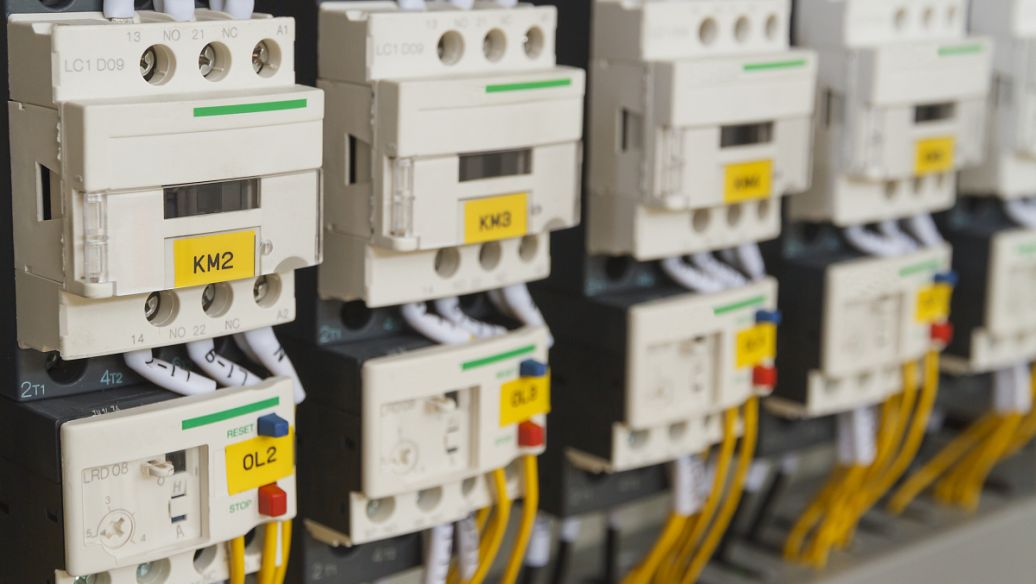How to Choose the Right Miniature Circuit Breaker?
Choosing the right miniature circuit breaker (MCB) can be an intricate task, considering the array of factors to consider. In this comprehensive guide, we will break down all the essentials, helping you make an informed decision on selecting the best MCB for your needs. We'll cover what an MCB is, its importance, the various types, and the considerations to keep in mind while choosing the best one for your needs.

Table of Contents
- What is a Miniature Circuit Breaker?
- The Importance of a Miniature Circuit Breaker
- Types of Miniature Circuit Breakers
- Considerations for Choosing an MCB
- How to Choose the Right MCB?
- Conclusion
What is a Miniature Circuit Breaker?
A Miniature Circuit Breaker, or MCB, is an automatic electrical switch designed to protect an electrical circuit from damage caused by overload or short circuit. Unlike a fuse, which operates once and then must be replaced, an MCB can be reset (either manually or automatically) to resume normal operation. They are a vital component in residential, commercial, and industrial electrical systems.
The Importance of a Miniature Circuit Breaker
MCBs play a crucial role in electrical safety. They work to prevent fires, electrical damage, and personal injuries that could occur due to electrical faults. They are designed to trip during an overload or short circuit, halting the flow of electricity and subsequently protecting the wiring and electrical appliances from damage. Additionally, they provide a convenient way to turn off an electrical circuit when needed for maintenance or repair.
Types of Miniature Circuit Breakers
MCBs are categorized into three main types based on their tripping currents and the intensity of the fault. The choice of type depends on the kind of application and the nature of the load on the circuit.
Type B MCBs
Type B MCBs trip between three and five times the full load current. They are suitable for domestic applications and light commercial environments where they serve to protect cable and equipment from short circuits and overloads.
Type C MCBs
Type C MCBs trip between five and ten times full load current. These are used in commercial and industrial applications where higher current surges are commonplace. They offer protection against both short circuit and overload conditions.
Type D MCBs
Type D MCBs trip between ten and twenty times full load current. They are typically used in high inrush current environments, like large winding motors and transformers. They ensure the circuit remains functional during brief, high current surges that are typical in these applications.
Considerations for Choosing an MCB
When choosing an MCB, several factors need to be kept in mind, which will be discussed in the following section.
How to Choose the Right MCB?
Selecting the right MCB involves understanding your electrical load, the nature of your devices, and the environment where they will be used. Here are the steps you need to follow:
Step 1: Determine the Load Type
Different loads have different current characteristics. Understanding the nature of the load – whether it's resistive (like heaters), inductive (like motors), or capacitive (like power supplies) – helps in determining the right MCB.
Step 2: Calculate the Load Current
For accurate selection, calculate the total load current of the circuit. This can be done by adding the current of all devices connected to the circuit.
Step 3: Choose the MCB Type
Based on the load type and load current, select the type of MCB (B, C, or D) suitable for your requirements.
Step 4: Determine the MCB Rating
Once the type is selected, choose an MCB with a rating equal to or slightly higher than the calculated load current to prevent unnecessary tripping.
Conclusion
Choosing the right MCB is crucial for the safety and efficiency of your electrical system. Understanding the different types of MCBs and the factors to consider when choosing an MCB will help you make an informed decision. Whether it's for domestic, commercial, or industrial use, the right MCB will safeguard your electrical equipment and infrastructure against potential electrical faults, ensuring a secure and efficient power supply.




